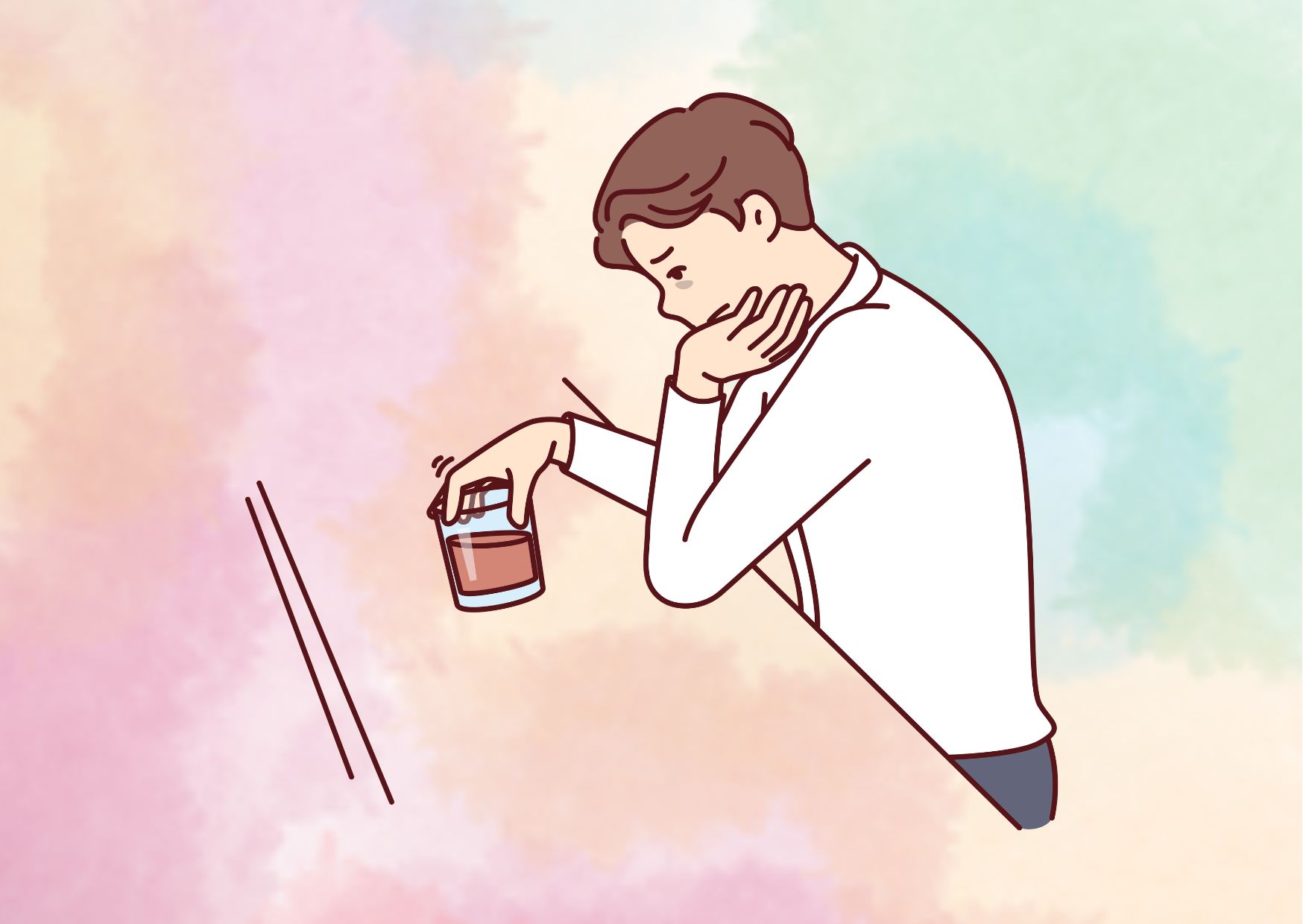Alcoholic Face: Decoding the Visual Signs of Alcoholism
Alcoholism, or alcohol use disorder, impacts millions worldwide, manifesting in both behavioral changes and physical symptoms. Deciphering the visual signs of alcohol abuse, commonly referred to as the alcoholic face, is crucial in recognizing and addressing this chronic disease. As part of a healthy lifestyle recovery process, identifying these signs, including facial redness, dehydration, puffy face alcohol, and alcoholic face swelling, can significantly aid in the timely intervention and treatment.
This article will explore the telltale manifestations of alcohol abuse on the face, such as redness of face, spider veins, puffy face alcohol, yellowish skin tone, and dark circles under the eyes. Additionally, it will delve into how alcohol detox and withdrawal symptoms contribute to these features and outline the viable treatment options available for those seeking to overcome their addiction and lead a healthy lifestyle.
The Science Behind an Alcoholic Face
Understanding the Science Behind an Alcoholic Face involves recognizing various physical manifestations resulting from alcohol abuse. These signs are not merely cosmetic but indicate deeper health issues related to prolonged alcohol consumption.
- Physical Manifestations and Their Causes:
-
- Redness of Face: This occurs due to the accumulation of toxins, particularly acetaldehyde, as the body struggles to break down alcohol. The toxin buildup leads to inflammation and facial redness.
- Spider Veins: Alcohol’s effect on the body includes the dilation of blood vessels, which can become permanent, causing visible spider veins on the face.
- Puffy Face: Dehydration and the body’s reaction to alcohol toxins contribute to a swollen appearance, commonly referred to as “puffy face alcohol” or “alcoholic face swelling”.
- Yellowish Tone (Jaundice): Long-term alcohol consumption can lead to liver damage, one of the symptoms of which is a yellowish tone of the skin.
- Premature Aging: Alcohol abuse accelerates the aging process, leading to wrinkles, fine lines, and sagging skin, making individuals appear older than they are.
- Neglected Grooming: Often, individuals struggling with alcoholism may exhibit disheveled hair, unkempt facial hair, or an overall appearance of neglect, reflecting the broader impacts of alcohol abuse on personal care.
- Emotional Expressions and Social Interaction: Alcohol consumption significantly modulates expressions of emotions, which are crucial for social interaction. The effects of alcohol on emotional expression include:
-
- Increased self-reported pleasurable moods, euphoria, and elation, as well as decreased self-reported stress and anxiety.
- Alcohol may affect compliance with social display rules, altering nonverbal behavior, including facial expressions, in both positive and negative contexts.
- In specific situations, alcohol has been found to increase facial expressions of negative emotions in low-level social interaction contexts and positive emotions during cigarette craving in heavy smokers.
- Interestingly, alcohol consumption leads to the consumer being rated as more attractive than sober individuals at low doses, although this effect does not persist at high doses.
This exploration into the science behind an alcoholic face reveals the complex interplay between physical health, emotional well-being, and social interactions, all of which are impacted by alcohol abuse.
Facial Redness and Alcohol Flush Reaction
Facial redness and alcohol flush reaction are notable physical manifestations of alcohol abuse. Understanding these signs involves comprehending the biological processes and genetic factors at play.
- Mechanisms of Facial Redness:
-
- Dilation of Blood Vessels: Alcohol consumption leads to the dilation of blood vessels in the face, contributing to a flushed appearance. This dilation can become permanent with long-term heavy drinking, causing persistent facial redness and the development of spider veins due to damaged blood vessels .
- Histamine Reaction: Inflammation caused by alcohol inflames the tissue, triggering a histamine reaction. This results in redness and flushing of the skin. The inflammation and histamine release are direct outcomes of the body’s response to alcohol.
- Alcohol Flush Reaction: Notably, the alcohol flush reaction, often mistaken for an “alcohol allergy,” is primarily a result of inherited variations in genes. These genetic variations cause some individuals to metabolize alcohol less efficiently, leading to an accumulation of acetaldehyde, a toxic molecule. This inefficient metabolism triggers the release of histamine, contributing to the flushing and redness observed.
- Genetic Factors and Risks:
-
- Enzyme Deficiency: A significant number of people, particularly those of East Asian descent, have a deficiency in the enzyme aldehyde dehydrogenase 2 (ALDH2). This deficiency leads to an accumulation of acetaldehyde following alcohol consumption, causing symptoms like facial flushing.

